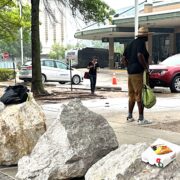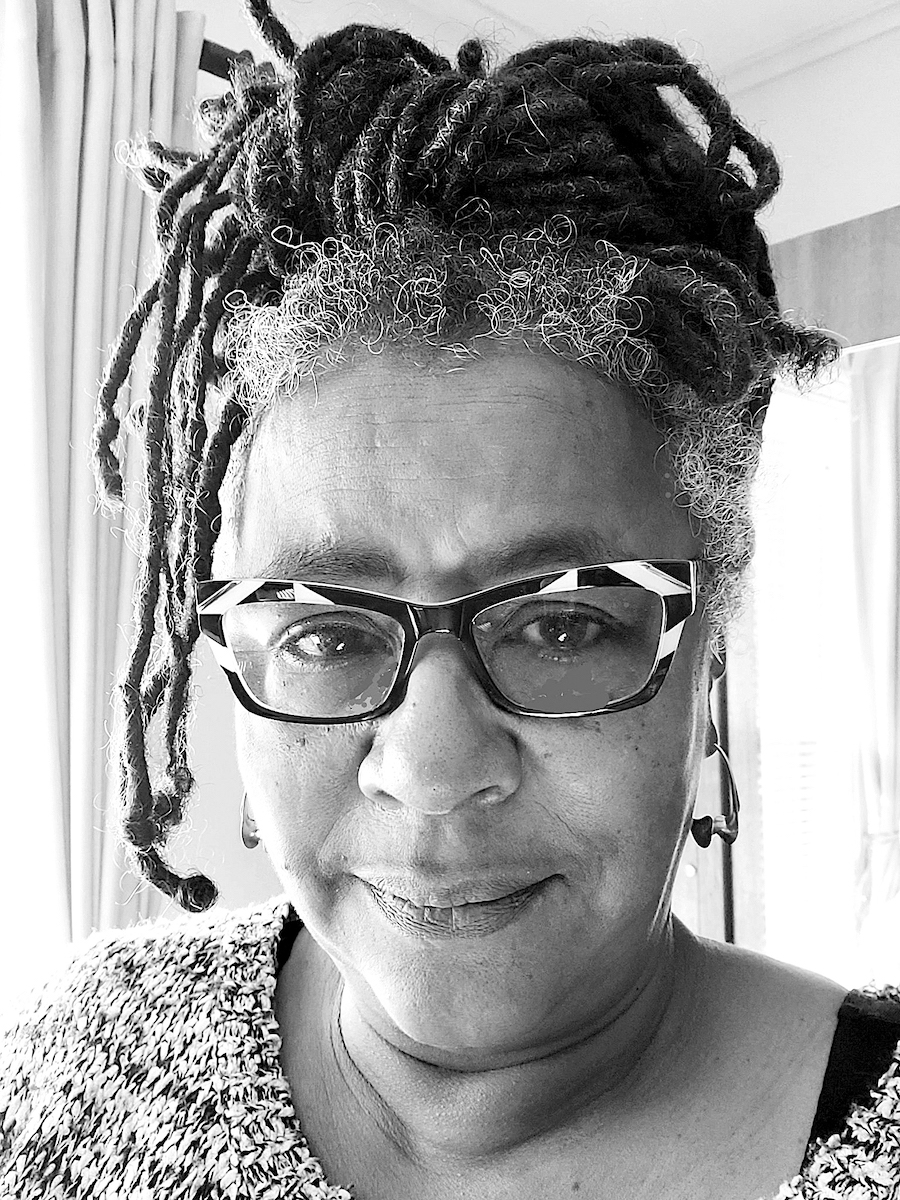
TULSA — Francine Campbell is no stranger to the problems children face. As a teacher in Tulsa Public Schools for two decades, the African American educator has a keen eye for students who are struggling academically and a solid record of helping them catch up.
But Campbell was unprepared for the learning gaps students developed during the coronavirus pandemic that she observed close up at McLain High School for Science and Technology in North Tulsa. Campbell had come to help oversee McLain’s Credit Recovery Program, designed to assist students in making up for classes lost during the COVID-19 pandemic.
Standing in front of her classes, Campbell was daunted by just how far behind many of the students were. Instead of a few months, many students seemed to have lost their reading, math and comprehension skills by two to three years — or more. And worse, the opportunity for students to recover lost learning was superficial at best.
These kids were angry, bothered, and agitated. They were clearly in a survival struggle.
Francine Campbell, Tulsa Public Schools teacher
As much as the ill-preparedness she saw among students, what caught Campbell’s attention was the frenzied, stressed atmosphere in the classrooms.
“These kids were angry, bothered, and agitated,” she recalled in an interview with The Oklahoma Eagle. “They were clearly in a survival struggle.”
The mood contrasted dramatically from George Washington Carver Middle School, where Campbell teaches regularly. It’s a school community of middle-class parents who are working to guide their children out of the darkness of the pandemic. The McLain community, in comparison, is centered in one of the most socio-economically stressed areas of Tulsa.
“How was I supposed to help students recover two or more years of lost schooling,” Campbell said. “I guided as much as possible, but we all knew that recovering those classes was impossible. It was very frustrating.”
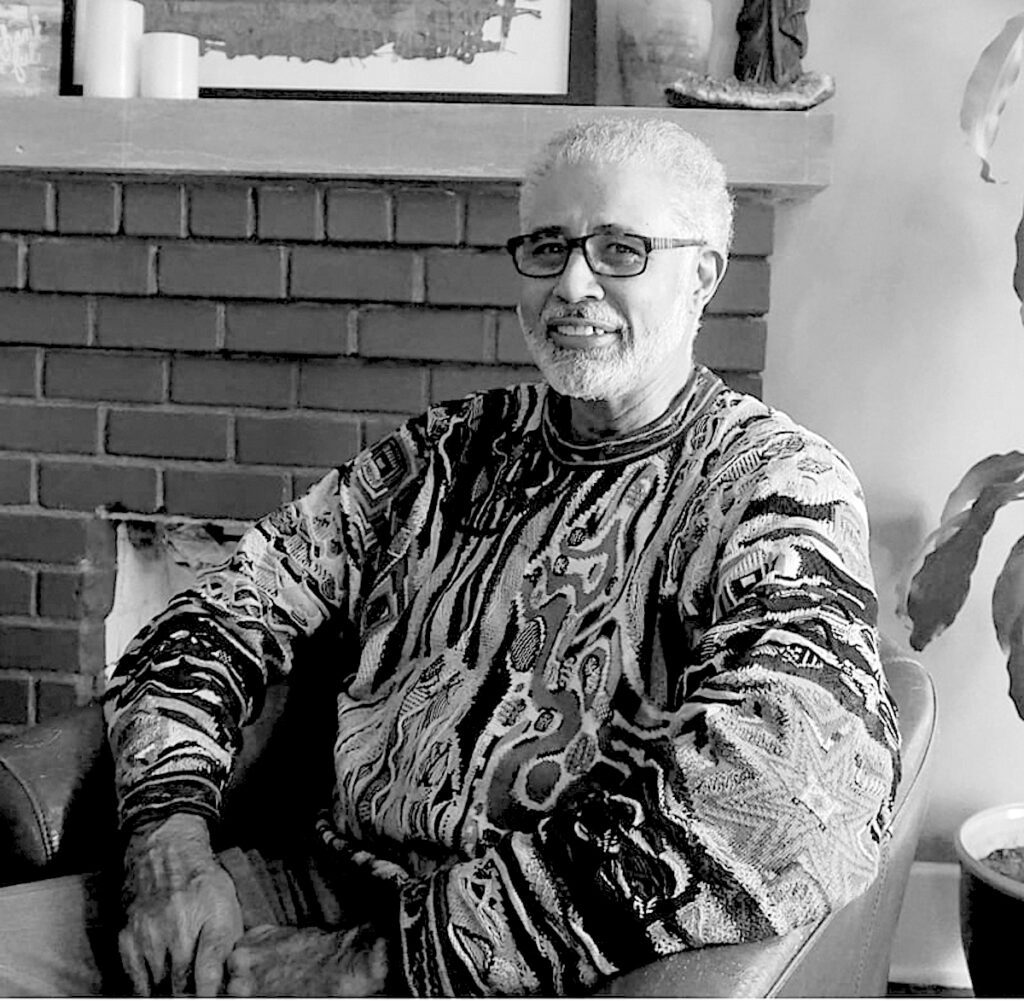
Our investigation
The Oklahoma Eagle has conducted a probe into how the COVID-19 pandemic has affected the nearly 33,000 students in Tulsa Public Schools and the surrounding metropolitan area school districts. We conducted more than four dozen interviews with students, parents, administrators and health officials about how the public school community in Tulsa has fared in the three years of the pandemic. The interviewees were drawn from many Tulsa schools, including McLain, Booker T. Washington High School, George Washington Carver Middle School, John Burroughs Elementary School and Emerson Elementary School. We also interviewed teachers and students from Union Public Schools. And we gathered and analyzed the reports and data prepared by TPS and other sources.
The state of Oklahoma has to do its part to address the structural issues that are at the root of the learning gap.
Michelle McCane, Tulsa Public Schools librarian
As we collected the information, it became painfully clear just how much the COVID-19 pandemic has wreaked havoc on public school buildings across Tulsa and created deep fissures among parents, teachers and public officials about mask mandates, school closures and remote learning.
We are publishing a three-part series summarizing our reporting results.
- In our first article, Part I, we detailed the impact that the pandemic has had on the disadvantaged school communities in Tulsa. Despite TPS’s attempts to address the demands of the pandemic, a whole generation of students in our underserved communities have fallen dramatically behind in learning.
- In Part II, we examine the devastating impact of the pandemic in schools in North Tulsa and other disadvantaged parts of Tulsa County.
- In Part III, we spotlight the initiatives the Tulsa Public Schools administration have introduced to remedy the learning gaps among students and implement new proposed solutions to the problem.
Summer learning and tutorial programs
Faced with colossal losses in students’ learning capacity and shortfalls in social skills, TPS has sought to compensate by introducing the Credit Recovery Program (designed to help students regain the credits they lost), remedial summer learning programs and a broad tutoring regime. TPS has received over $200 million in funds under the American Rescue Plan Act to assist in its efforts to address the problems created by the pandemic.
Tulsa Superintendent Deborah Gist has expressed confidence that these initiatives will go a long way to resolve the glaring knowledge deficiencies among the students who have suffered the most.
“The record of success in these programs is strong,” Gist told The Oklahoma Eagle.
But many North Tulsa educators are unconvinced that these programs are helping Black and Brown students and students in distressed communities in Tulsa.
The school learning gap, particularly among students of color in Tulsa, is only partly the result of the pandemic, said Darryl Bright, founder and executive director of the North Tulsa-based nonprofit Citizens United for a Better Education (C.U.B.E.S.).
“It is the consequence of long-term institutional racism,” Bright said. “You can’t tutor your way out of problems that are rooted in historical structural problems.”
Bright and other Northside education advocates view the learning gaps as a full-blown dilemma that will cause dramatic societal and socio-economic disruption for Black and Brown students if they are not addressed urgently.
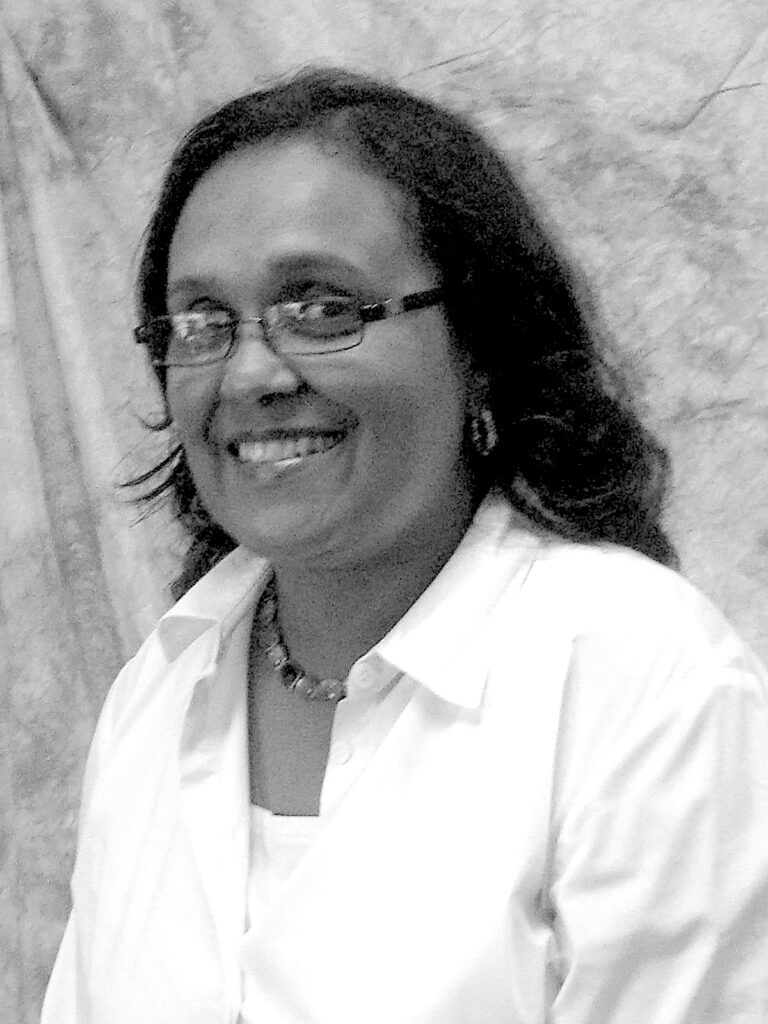
Are the programs working?
Jocelyn Payne, a retired North Tulsa educator, feels that the learning gap in Tulsa’s underserved community is a social and economic disaster in the making.
“At some point soon — if not tomorrow — the students who have fallen behind are going to show up at workplaces looking for jobs,” Payne explained. “And the hiring managers will look at their school records and see what they know. How well can they read? Do they have basic math skills? That’s going to be a big problem. We must do everything to keep it from getting to that stage.”
Payne served for over three decades as a senior administrator, including vice president for administration at Northeastern State University and former executive director of the John Hope Franklin Center for Reconciliation.
The programs TPS have rolled out include: “Ready. Set Summer!” a camp-style summer school program offering classes in up to 20 schools across the city; “After Learning,” an afterschool educational program at 14 school sites; and a broad-based tutorial program developed by FEV Tutors, a Woburn, Massachusetts-based tutoring program.
$205M in relief funds to help
In September 2021, the TPS Board of Education approved a $2 million agreement with FEV for 800,000 hours of online one-on-one tutoring for students, plus regular consultations with participants’ teachers and families. In 2022, TPS approved additional funding for the tutoring endeavor.
In the summer of 2021, more than 8,000 TPS students — almost one-fourth of the district’s total 2021-22 enrollment of 32,323 students — participated in “Ready. Set. Summer!” TPS spent $11 million of the federal COVID-19 funds on summer classes in 2021 and an additional $9 million in 2022. The expenses covered include supplies and stipends for teachers and support staff.
The funding for tutoring and the summer school programs came from the $205 million COVID-19 relief funds from the rescue plan. According to the plan’s rules, at least 20% of the funds must address the impact of lost instructional time due to the pandemic.
In a December 2022 TPS board meeting, TPS Chief Financial and Operations Officer Jorge Robles reported that TPS has approximately $106.4 million remaining to spend in total. The funds must be spent by September 2024.
But are the programs working?
Despite the heavy investment of federal funds, the results of test scores from TPS students before and after the pandemic indicate that the learning gap for Tulsa students remains stark and profound.
The Oklahoma State Department of Education (OSDE) regularly updates test results for Oklahoma’s 509 public school districts. Based on the 2018-19 school year benchmark, in the 2020-21 school year TPS students’ scores dropped by 15 points in English Language Arts (ELA), 20 points in math and 12 points in sciences, by the OSDE’s account. The declines have continued in the 2022-23 school year: 14 percentage points in ELA, 17 percentage points in math and 12 percentage points in sciences.
…If we keep throwing dollars into programs without a clear agreement of the problem, we’re just wasting money and time.
Darryl Bright, founder and executive director Citizens United for a Better Education (C.U.B.E.S.)
The drops were far more significant in Anderson Elementary, Burroughs Elementary and other schools with predominantly Black and Brown student populations, according to an analysis of TPS data and other reports by The Oklahoma Eagle.
TPS has reported that there were some modest testing gains as a result of the summer programs. But they offered no details when requested by The Oklahoma Eagle.
The Oklahoma Eagle reached out to TPS administrators for a full review of the test score reports. But TPS media relations manager Drew Druzynski declined the request. Instead, she sent a press release that appeared to skirt the main issue. “While data from testing can provide important information, assessment results are certainly not a comprehensive representation of all the work happening in our school communities,” the release said.
The ‘thriving gap’
Guidance counselors and therapists interviewed emphasized beyond the learning gap, the pandemic opened up just as significant and impactful social/emotional gaps among students in Tulsa. Called “a thriving gap” — the difference of students who attended school remotely versus in-person — this disruption of social skills has also been reflected nationally. The American Educational Research Association issued a report in July about the “thriving gap.” It concluded “that high school students who attended school remotely during the COVID-19 pandemic suffered socially, emotionally, and academically compared with those who attended in person.”
Devin Williams, co-owner of A New Way Center, a mental health care service in the Historic Greenwood District, says that this social-emotional gap is widespread among North Tulsa school-age children. It surfaces in every Northside school in various ways — from withdrawal to bullying — he found. He said his practice has a group of therapists who assist North Tulsa students dealing with various emotional issues.
Disruptions in low-income households in Tulsa during the pandemic — including increased physical and emotional abuse — have only served to magnify the emotional gaps students are experiencing, Williams explained.
Other Northside school counselors have observed a rise in cyberbullying among students and the gamut of emotional issues resulting from long-term isolation, including depression.
Contributing factors: ‘Anger and unhappiness’
North Tulsa educators offer a range of reasons why the responses to the learning and emotional gaps among students are so far yielding results that are, at best, lackluster.
For one, the size and composition of “credit recovery” and summer remedial classes are too large and unwieldy to be effective.
Campbell’s summer classes at McLain had an average of 25 students. And she said she and other teachers observed that many of the students had been given passing grades and moved to a higher grade level despite having done little or no schoolwork during the three years of the pandemic.
The teachers said that the pressure to make up credits in subjects the students had not mastered also made for a tense atmosphere in the classrooms at McLain and other schools in distressed Tulsa neighbors. “The situation has resulted in tense angry mood,” Campbell said.
“There is a heavy emphasis on getting students to pass exams and recover credit but very little attention to all that anger and unhappiness.”
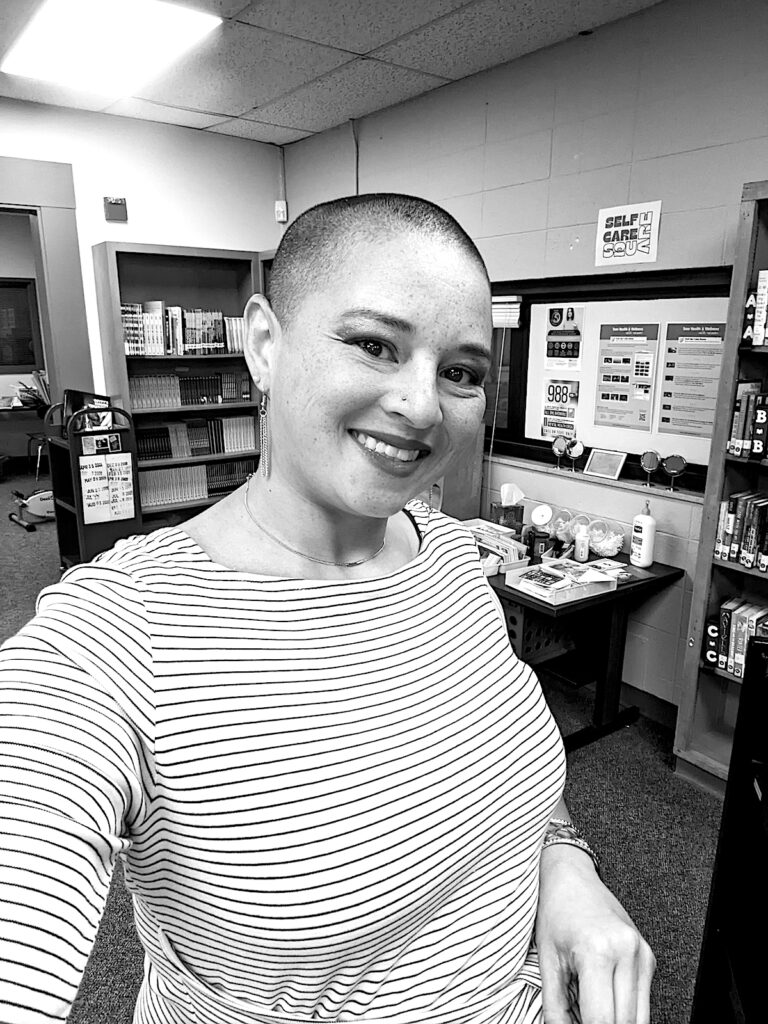
Limited broadband access
Some parents and students have also questioned the effectiveness of the tutoring program TPS is employing. While FEV Tutors’ online-based system may be a valuable tool for students with high levels of technical skills, it is more challenging for students with weaker computer literacy.
The access to broadband internet service, a significant challenge for North Tulsans distance learning in North Tulsa, is also a drag on the online tutoring program. Earlier this year, TPS announced that it was investing additional funds in hotspots. But the hotspots will only have minimal effect without a significant overhaul of broadband systems, according to recent reports. A survey by the Oklahoma State University Extension found 24% of public school students statewide “lacked internet connection at home.”
In an apparent attempt to avoid the concerns about TPS’s program to close the learning gap, Union Public Schools is featuring more in-person tutoring and smaller summer remedial classes.
“We’re taking a different approach than TPS,” said Donna Ross, who taught for over three decades in TPS before leaving to join the Union school system. “If the kids are going to make up for the ground they lost, we think that can better be achieved in small groups.”
Ross, who was named TPS Teacher of the Year in the 2020-21 school year, sees the road to recover ground lost as a long one. “It’s going to take multiple villages working together to get there,” she said.
Teacher shortages – and the struggle to attract new teachers – is also part of the problem. In its 2021 analysis of teacher pay across the country, the National Education Association ranked Oklahoma 34th in average salary ($54,762), 39th on average starting salary ($38,074), and 45th on per-pupil expenditures ($10,553) among the 50 states.
Superintendent Gist also voiced the concern that the teachers’ shortage is hampering the bid to help students close the learning gap.
“The great resignation of teachers coming on the heels of the pandemic hasn’t helped our tutoring and summer school programs,” she told the Eagle.
Union school administrators also acknowledged having trouble finding teachers for its tutoring program.
According to some educators, the lack of engagement of parents and families in Tulsa’s distressed community in the efforts needed to close students’ learning gap is also a barrier to success.
Steps are needed to remedy the gap
The consensus among educators, teachers, parents and students is that several concrete steps should be taken urgently to help close the learning and social-emotional gaps. The following would provide a start:
- Classes — including regular, course recovery and summer — should be smaller. TPS should funnel more resources toward reducing class size.
- Revamp and beef up guidance counseling programs, particularly in schools in distressed neighborhoods.
- Increase funding for mental health professionals in Northside schools.
- Raise teacher and counselor salaries. Without regular substantive raises, attracting top-flight teachers will be an uphill battle.
- Include more opportunities for one-on-one, in-person tutoring for students who need academic help.
- Conduct a significant overhaul of broadband access, particularly in distressed areas of the city.
Too little, too late
Some North Tulsa educators regard these proposed changes — and the programs on tutoring and eight-weeklong summer classes — as woefully insufficient. C.U.B.E.S. executive director Bright thinks that systemic racial problems are the more significant and critical impediments to overcome academic deficiencies. “Unless you address the systemic issues, the millions they spend are in vain,” he said.
Michelle McCane, a librarian who formerly worked at McClain, concurs.
She explained that broader issues such as the lack of affordable health care and poor health and mental health care options provided by the state also play a vital role in diminishing the opportunities for students to learn.
“The state of Oklahoma has to do its part to address the structural issues that are at the root of the learning gap,” McCane said. “What good is tutoring going to do if kids don’t have a safe home environment?”
In Bright’s view, the best way forward should start with school administrators organizing a summit for students, parents, teachers and others to voice their concerns about the gaps in learning and offer solutions.
“There has to be a platform for all the stakeholders, parents, teachers, administrators — everybody to express their views and hear different perspectives on the challenges our school kids are facing,” he said. “But if we keep throwing dollars into programs without a clear agreement of the problem, we’re just wasting money and time.”
About This Series
The series was made possible by a grant from the National Association of Black Journalists. NABJ’s Black Press Grant Program offers funding to support freelance reporters and producers at Black-owned print, broadcast, and digital outlets. The program is supported by a grant from the Chan Zuckerberg Initiative (CZI). Oklahoma Eagle Reporter John Neal contributed to this series.








